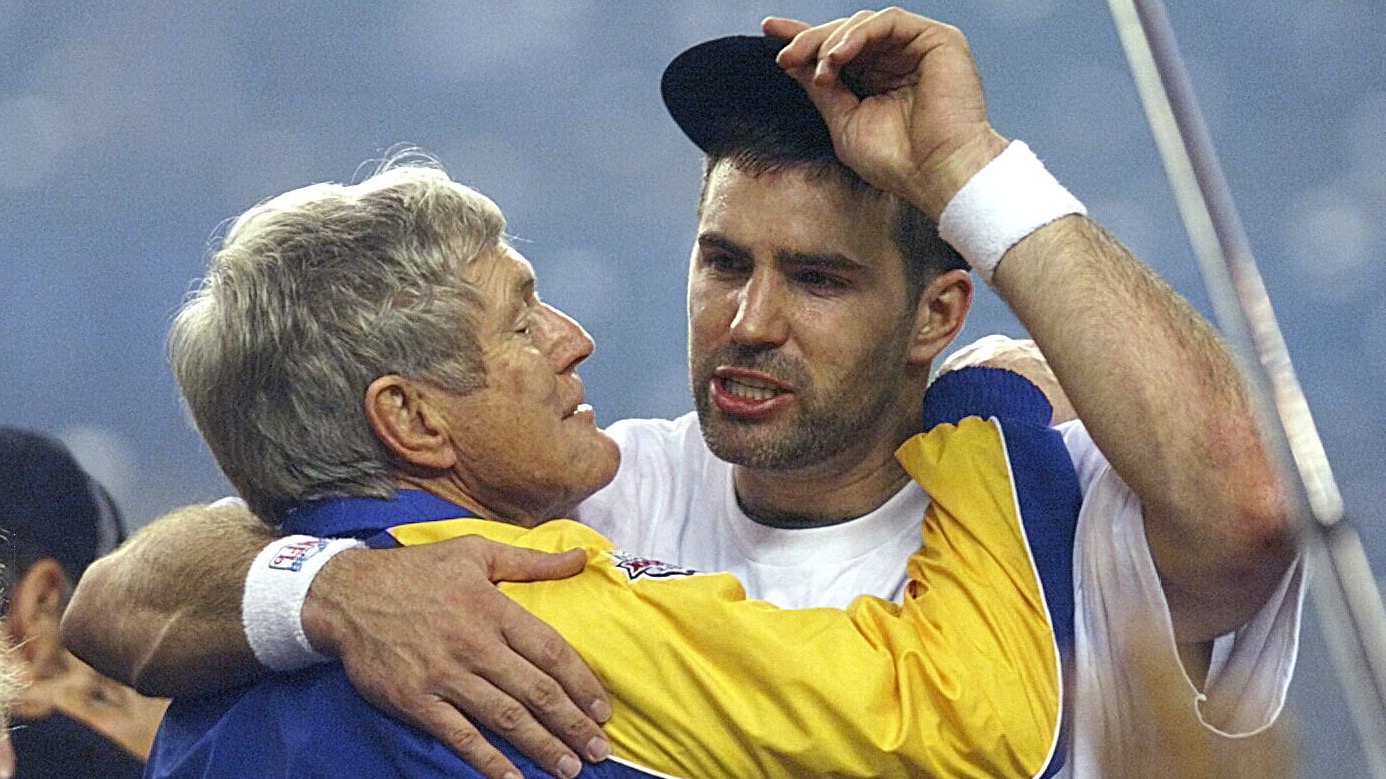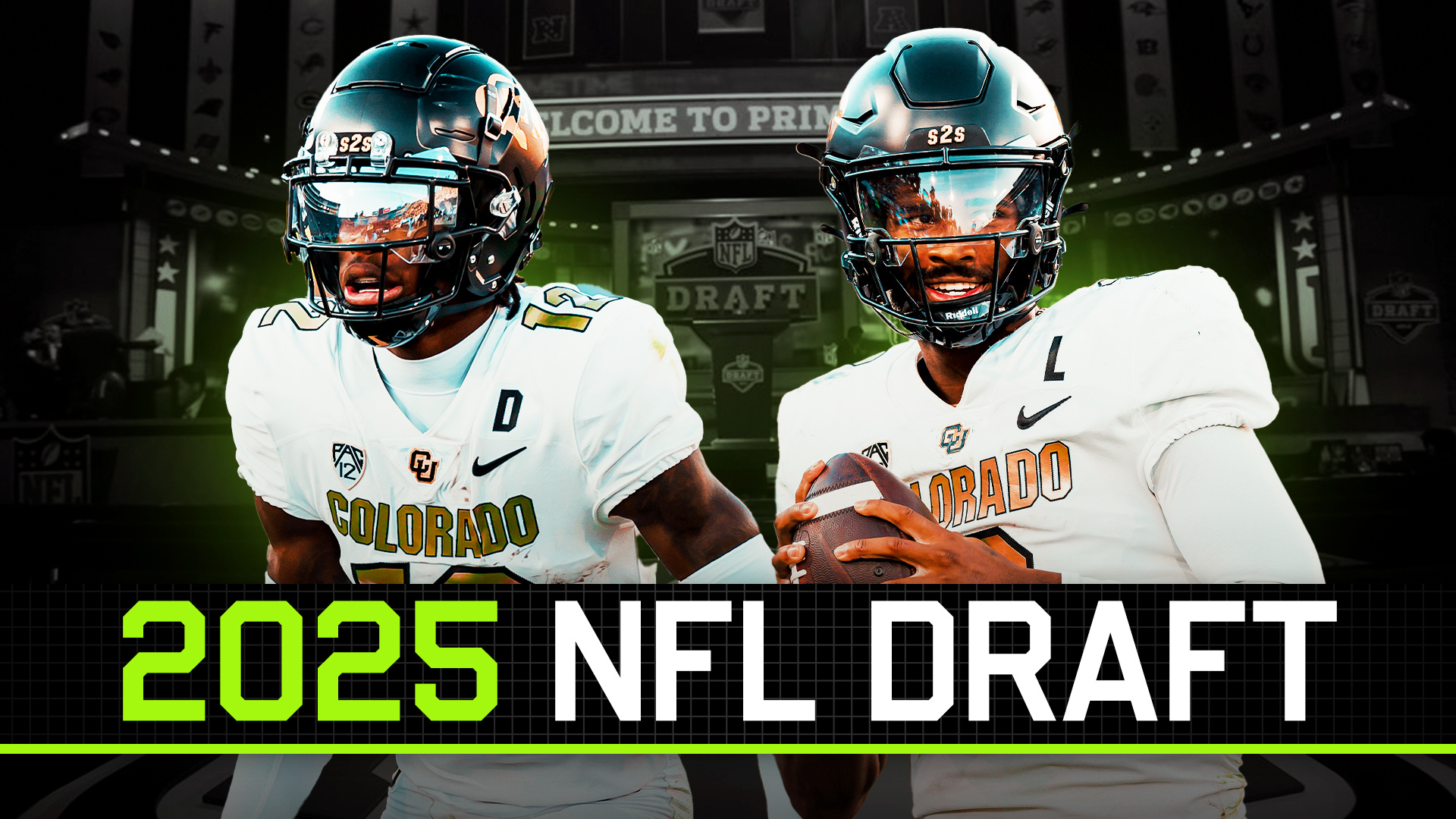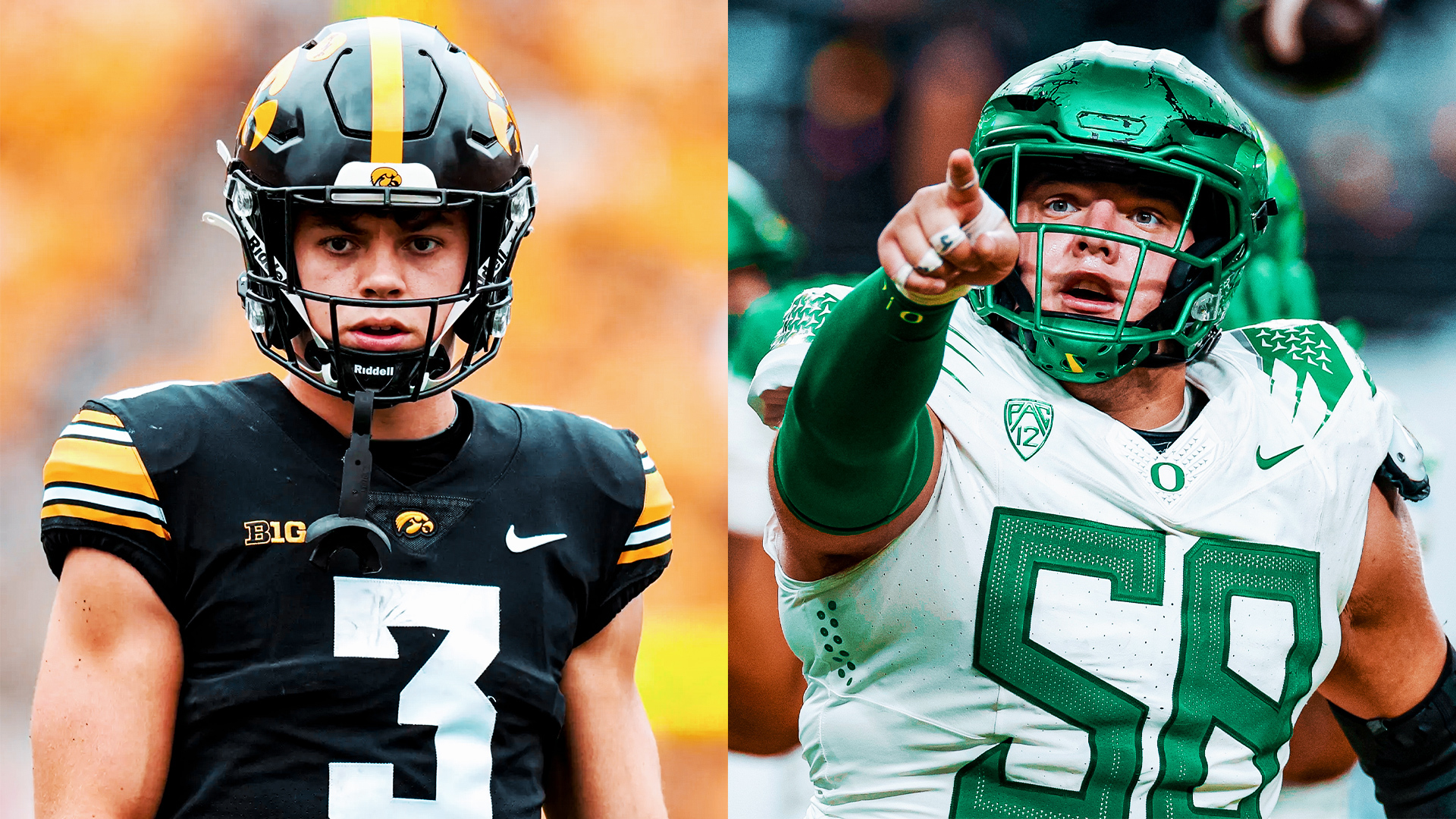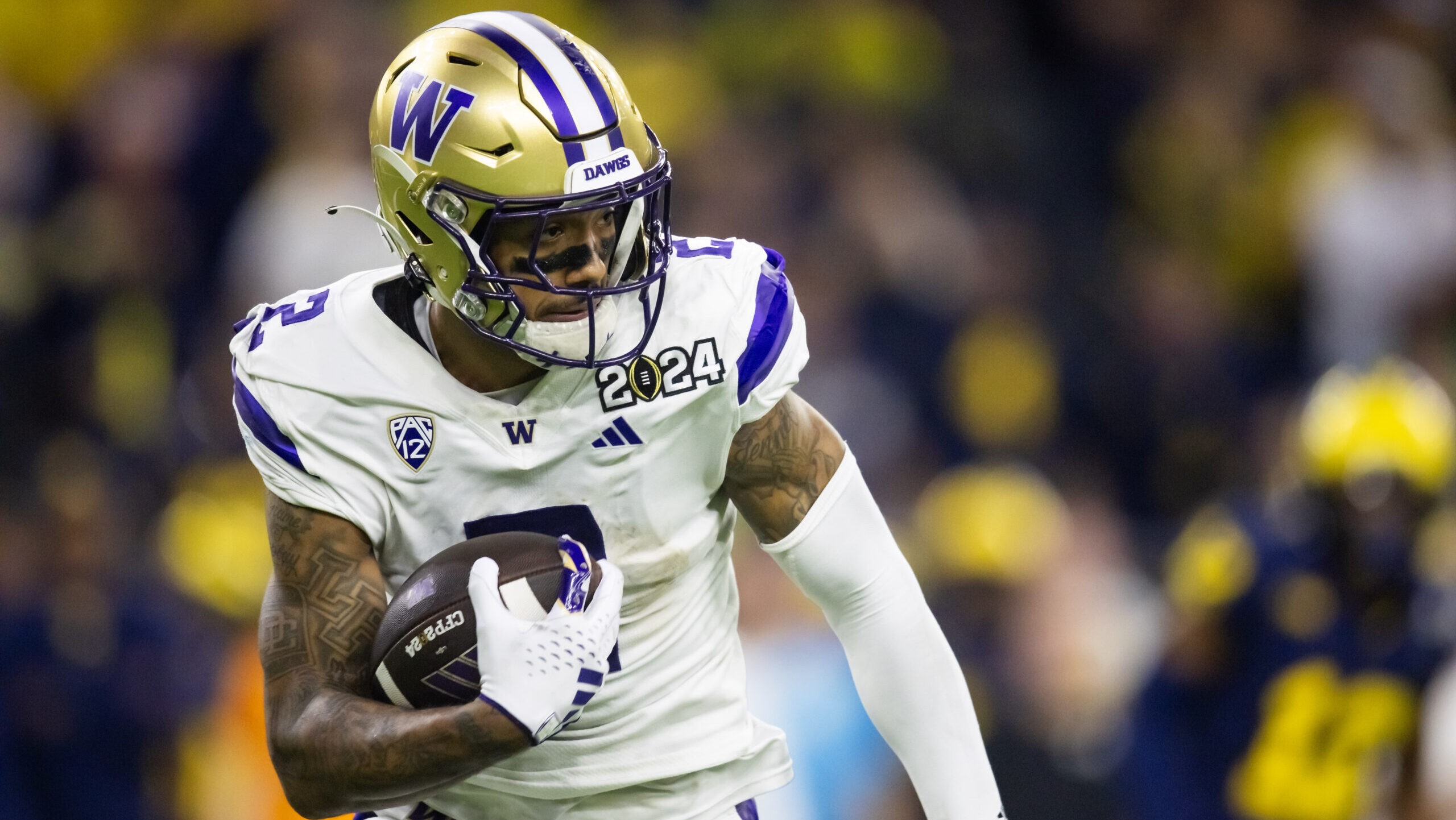Analysis
4/8/24
6 min read
Off Our Board: What Does It Really Mean For NFL Draft Decision-Makers?
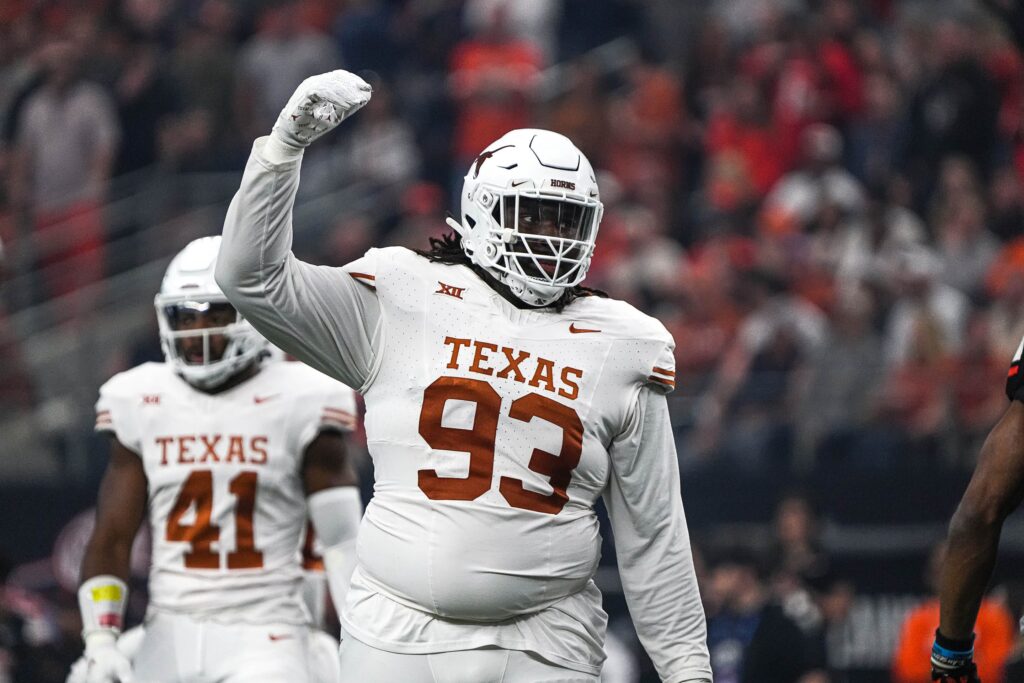
Every year, during the pre-draft process, the phrase "off the board" starts to pop up. Frequently, it refers to prospects with off-the-field concerns such as character question marks and/or issues with injuries. The 2024 NFL Draft is no different.
Potential first or second-round pick T'Vondre Sweat was booked into Travis County Jail this past weekend after being arrested by the Austin Police Department on charges for driving while intoxicated. According to The Athletic's Dane Brugler, Sweat had been up front with NFL teams about his partying as an underclassman, and made it a point of emphasis in interviews that it was all in the past. But could it result in him being off a team's board.
Rick Spielman and Mike Tannenbaum, former NFL general managers and analysts for The 33rd Team, share their process for removing players from draft boards.
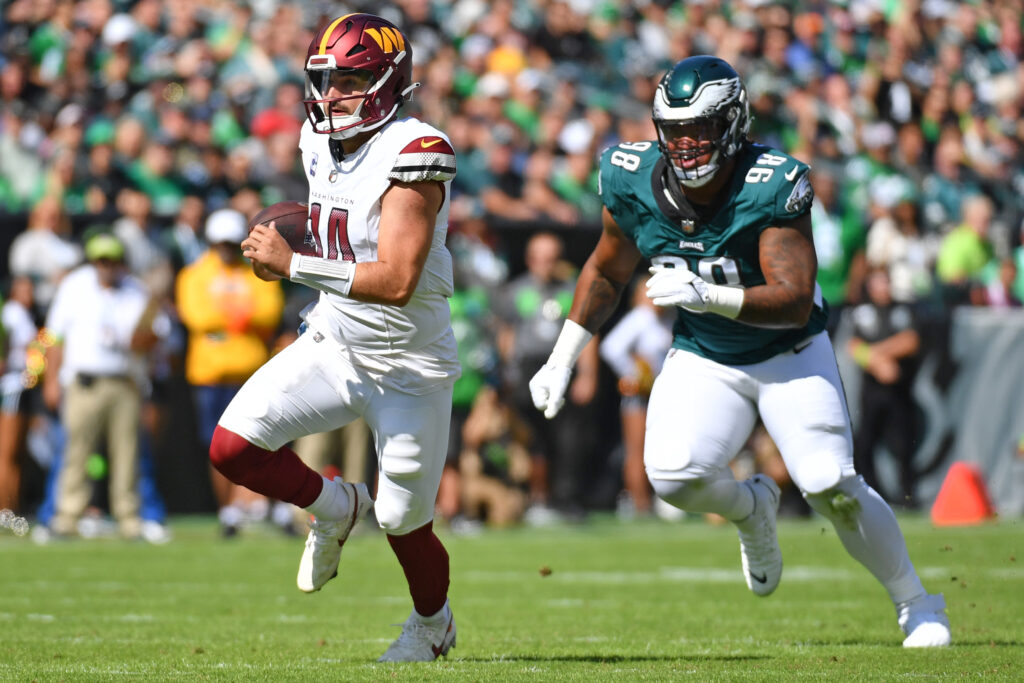
Stacking the Board
We would have two buckets of prospects. One was prospects who were completely off the board for repetitive mistakes. I don't think we ever took anybody off the board because they made just one mistake. But if there were repetitive mistakes, we would take them off the board.
The other group was called the "at the right price" group. They were prospects we would wait an extra round or two on. But at some point, the value of taking them was just so compelling that even if we were wrong on a medical or learning issue, the risk-reward just made sense.
Any issue would have to be really, really bad to have a player be completely off the board. That would have to be a demonstrable sort of pattern of behavior.
Whereas with the "right price" group, we would make discounts around it, too, because there were some significant concerns or some pretty significant transgressions, but we felt like that player was still worth working with.
— Mike Tannenbaum
If a prospect had what we called a "red card," it didn't matter how talented they were, whether it was character concerns or doctors medically rejected him, we weren't going to talk about that prospect in a draft, no matter what round it was.
Then, we had players who were 50/50, and we were willing to take a chance on them later in the draft. We'd put them in an "alert box," which told us we should consider them a round or two later than where they were stacked on our board.
However, if a player had a red card in that alert box, it didn't matter if he was the first overall pick or an undrafted free agent, we weren't taking him. We had a saying, "Once he was red, he was dead."
— Rick Spielman
Draft Day Plan
The important part of all of this is you want to make sure all disagreements on these types of players happen before they're removed from the board. Organizationally, you didn't want to change your mind in the emotion of the moment and say, "Oh, my God, this guy is too good of a player" if a player falls. The hay should be in the barn. The draft is like game day.
You should be reacting to trades and things like that, but we fell back on our process more so than anything else.
Typically, the most vehement disagreements in discussions are before the draft. That's not to say there aren't any draft day disagreements when you're trying to orchestrate trades and manage the process. But fundamentally, you want the bigger disagreements in your draft room to be done ahead of time.
— Mike Tannenbaum
We would go through everything again on Wednesday — the day before the draft — to make final decisions because we didn't want to discuss it on Thursday during the draft. So if you see red, don't even bring the prospect's name up. Coaches, nobody. He's done.
Everyone had a chance for four weeks of meetings and another week of cleaning up the board to go through it all for the 100th time to try to resurrect a "red card" player for their talent. But once the decision was made, we always told our ownership to make sure they understood why a prospect was "red" and subsequently off the board.
This prevented the owner from saying something during the draft like, "Hey, look at that guy still on the board." They knew, too, once a player was red, they were dead.
Our draft room was absolutely quiet. The only one who would talk would be when the owners asked a question, or if we had three names up on the board and we were getting ready to pick. So, we'd discuss the order of those players we already talked about. Or we'd say, "Hey, tell me about his background one more time." It just helped us remember because you have 50,000 things you're trying to remember.
You're basically just directing traffic, and everything has been rehearsed 100 times already. All you're doing is reiterating as you're going through. But there's no discussion. We had no discussion whatsoever. In fact, our room was as quiet as a church.
We had a philosophy called "10 picks ahead, 10 picks below." We had George Paton and Rob Brzezinski as the two trade guys. So just in case we got stuck, we'd ask them if we had any options to move up or down. That was the only discussion going on. When a trade did come in, we looked at the value of that trade and discussed the things happening in real time. But nothing decided before the draft was brought up again.
— Rick Spielman



